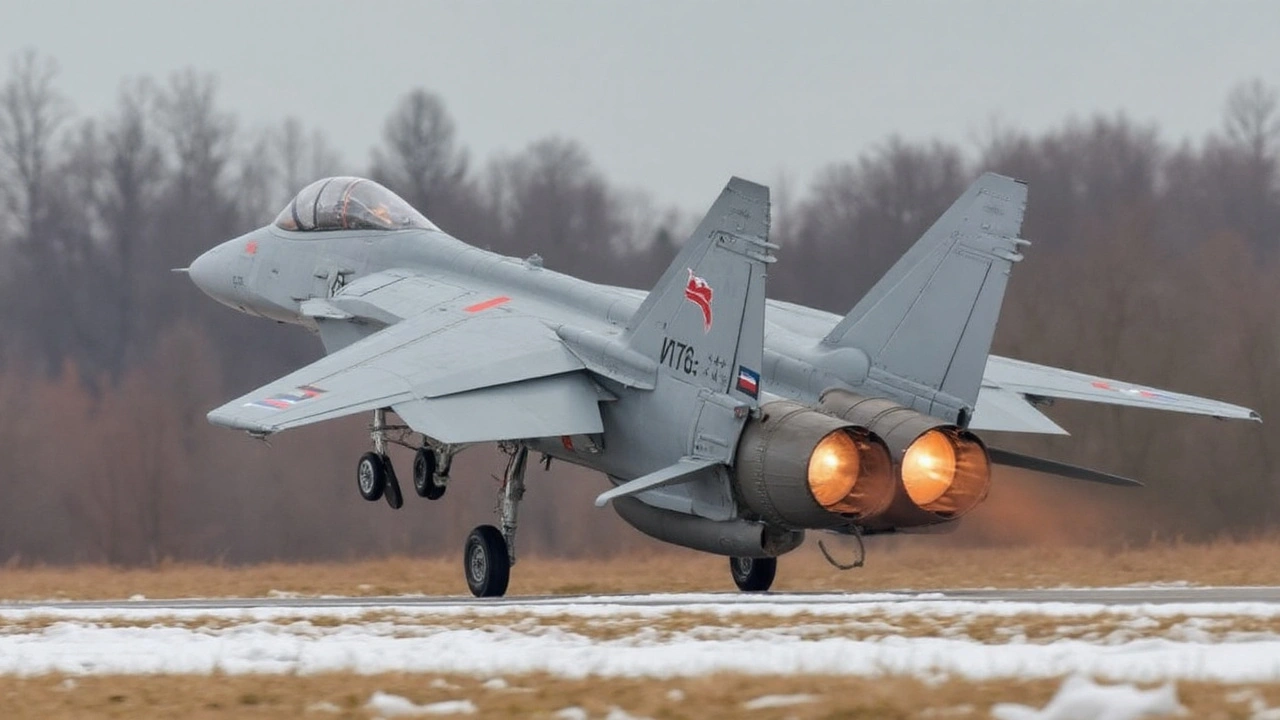If you fly over the Baltic region, you’ll cross Estonia’s airspace. It might not be a headline topic, but it matters for airlines, pilots, and anyone who cares about safe skies. Below is a straight‑forward guide that explains the main points.
Estonia sits between Scandinavia, Russia and the rest of the EU. That location makes its air routes busy, especially the north‑south corridor that links Helsinki and Warsaw. Airlines use this corridor to save fuel and time, so the air traffic controller team in Tallinn works around the clock.
Because Estonia is a NATO member, the country follows NATO air‑defence standards. That means any aircraft that flies through must have a valid transponder code and be in contact with the control centre. If a plane doesn’t follow the rules, the NATO air‑policing system can step in.
In the last few years, drones have become common for photography, agriculture and delivery tests. The Estonian government created simple rules so drones stay out of the main flight corridors. If you own a drone, you need to register it and keep it below 120 meters when you’re near airports.
These rules help keep big passenger planes safe while still letting hobbyists enjoy the sky. The civil aviation authority checks compliance with random spot checks, so the system stays reliable.
For commercial drone operators, special permits are required to fly in restricted zones. The process is online and usually takes a few days. Once approved, operators must follow a flight plan that the air traffic service reviews.
Overall, Estonia balances the needs of commercial aviation, military security, and growing drone activity without making things overly complicated.
Knowing these basics helps you understand why you might hear about Estonia when you read about European flight routes or NATO exercises. Whether you’re a traveller, a pilot, or just curious, the country’s clear rules keep the airspace safe and efficient.
